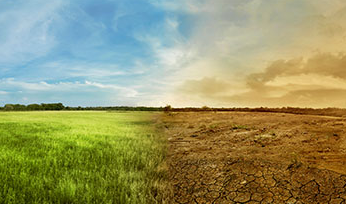
The Indian climate action integrates multiple programs that address air pollution through NCAP and waste management through EPR rules as well as afforestation with Nagar Van and MISHTI and sustainable living through Mission LiFE and biodiversity conservation through protected areas and Ramsar sites together with renewable energy expansion. India has achieved its goal of reducing emission intensity by 36% from 2005 to 2020 and aims to reach net zero by 2070 to combine environmental protection with economic growth.
Legislative and Administrative Measures
-
The government system shows dedication to both environmental protection along pollution control standards.
-
Different sets of regulatory rules and policies were issued to protect ecosystems.
Nodal Ministry
-
The Ministry of Environment Forest and Climate Change holds the status of primary governmental authority.
-
The institution maintains supervision across forest policies alongside climate change initiatives and programs dedicated to conservation.
Major Schemes and Initiatives
A. Air Pollution Control
-
National Clean Air Programme (NCAP) (2019): Covers 130 cities in 24 States/UTs.
-
The program aims to reduce particulate matter by 40% until 2025-26 beyond the 2017-18 baseline levels.
-
PRANA Portal: Real-time air quality monitoring system.
B. Waste Management and Circular Economy
-
Extended Producer Responsibility (EPR) Rules for:
-
The management schemes include plastics, tires, batteries, used oil, and electronic waste disposal.
-
This initiative concentrates on recycling waste while implementing a circular economy methodology.
C. Mangrove Conservation
-
MISHTI (Mangrove Initiative for Shoreline Habitats & Tangible Incomes) (2024): The mangrove restoration project aims to recover 22,561 hectares of destroyed mangrove forests within 13 States/UTs.
-
The restoration budget of ₹17.96 Crore will support projects across six Indian states and Union territories.
D. Afforestation and Green Cover Expansion
-
Nagar Van Yojana (2020-2027): Development plans for 600 Nagar Vans and 400 Nagar Vatikas within the next period.
-
The initiative works to create space for urban biodiversity in addition to establishing green areas.
-
National Afforestation and Eco-development Board (NAEB): Strengthens afforestation programs.
E. Sustainable Lifestyles
-
Mission LiFE (Lifestyle for Environment) (2022): The program helps maximize resource utilization while promoting sustainable resource utilization practices.
-
The mission aims to teach people about water conservation while struggling to minimize waste production and handling e-waste and ending the practice of using plastics once and throwing them away.
-
-
Eco-mark Rules (2024)
-
Encourages demand for eco-friendly products.
-
Supports energy-efficient, low-resource-consumption products.
-
F. Public Participation and Awareness
-
‘Ek Ped Maa Ke Naam’ (#Plant4Mother) (2024): The government aims to plant 140 crore trees before March 2025.
-
140 crore trees are targeted for plantation by March 2025.
-
109 crore saplings already be planted by January 2025.
-
Biodiversity and Wildlife Conservation
-
Protected Areas Increase:
-
From 745 (2014) to 1,022 (2025) (covers 5.43% of the total land area
-
-
Tiger Reserves:
-
57 reserves covering 82,836.45 sq km.
-
The wild tiger population throughout the world exists primarily in India which makes up 70% of the total numbers.
-
-
Elephant Reserves:
-
33 reserves established for conservation.
-
-
Wetland Conservation:
-
The total number of Ramsar sites in India has grown to 89 since the establishment of 59 new sites in 2014.
-
The cities of Udaipur and Indore received accreditation as Wetland Accredited Cities from the government.
-
-
Community Reserves:
-
Increased from 43 (2014) to 220 (2025).
-
Climate Change Mitigation & Renewable Energy
-
National Action Plan on Climate Change (NAPCC):
-
Solar energy and water conservation along with sustainable habitat form part of this program besides supporting green India agriculture and the Himalayan ecosystem along with health programs and knowledge development initiatives.
Climate Change Action Programme (CCAP) & National Adaptation Fund for Climate Change (NAFCC):
The government depends on assistance from the organization to develop climate resilience programs.
-
Renewable Energy Expansion:
-
The percentage of renewable power capacity such as non-fossil energy reached 46.52% of total installed power generation (as of 2024).
-
The availability of renewable power capacities rose 4.5 times because it increased from 35 GW in 2014 to 156.25 GW in 2025.
-
-
Forest and Carbon Sequestration:
-
India’s forest/tree cover is now at 25.17% of land area.
-
Around 2.29 billion tons of CO₂ equivalent entered the carbon sink throughout the period from 2005 to 2021.
-
International Commitments & Achievements
Net-Zero Target by 2070 (as per Nationally Determined Contributions - NDCs).
-
GHG Emission Reduction:
-
The emission intensity of the GDP has decreased by 36% since 2005 through until 2020.
-
Global Leadership in Climate Action despite low historical emissions.
-
Conclusion
The diverse approach to climate action in India integrates control measures for pollution with renewable power development and protection of biodiversity through forest expansion efforts and environmentally friendly ways of living. The country implements these measures to maintain sustainable development parallel to its economic goals and demonstrate its international commitment to climate goals.



 Supriya Sahu Wins UNEP Champions of the Earth 2025
Supriya Sahu Wins UNEP Champions of the Earth 2025 World Soil Day 2025: Celebrating “Healthy Soils for Healthy Cities”
World Soil Day 2025: Celebrating “Healthy Soils for Healthy Cities”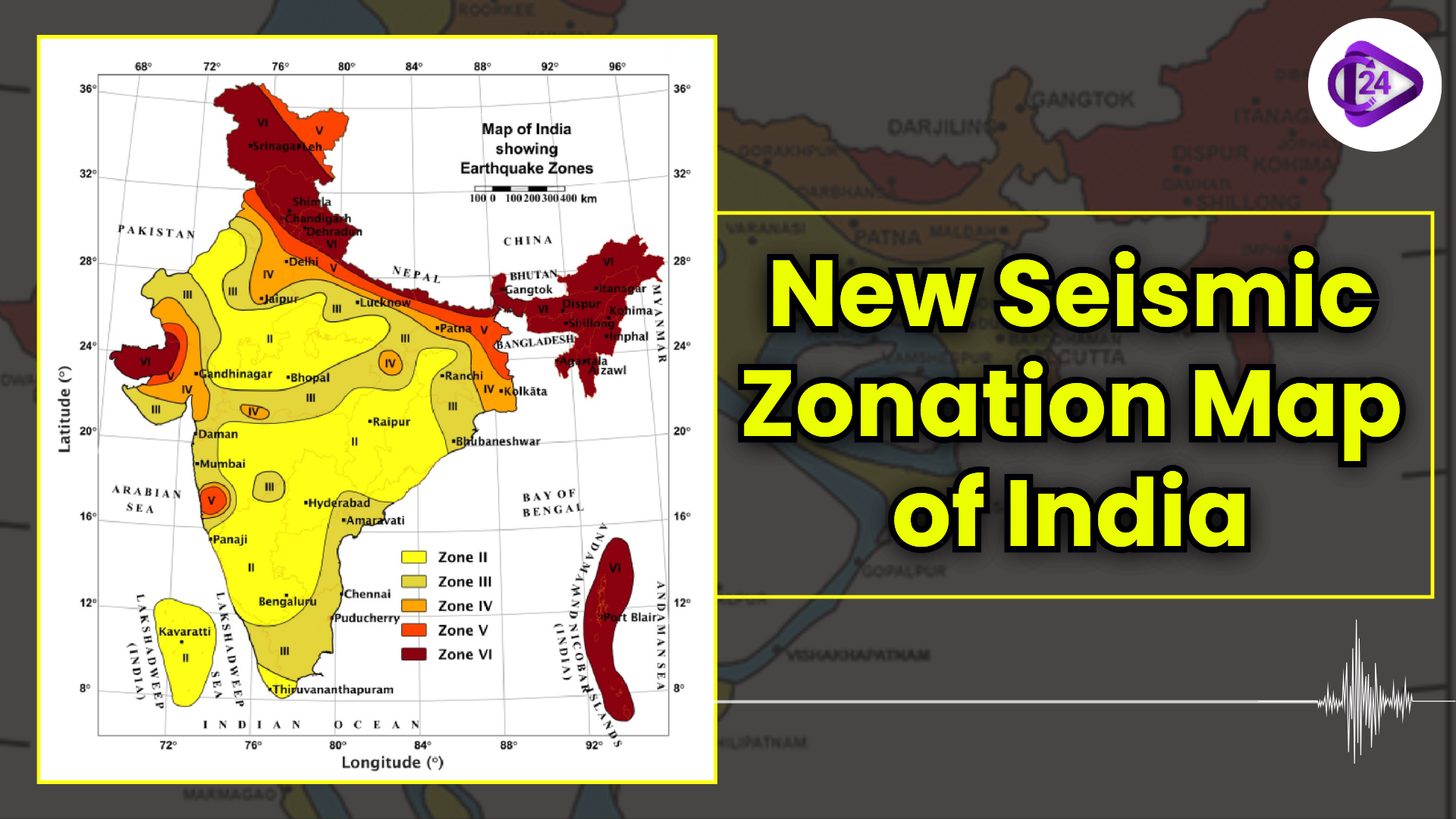 New Seismic Zonation Map of India
New Seismic Zonation Map of India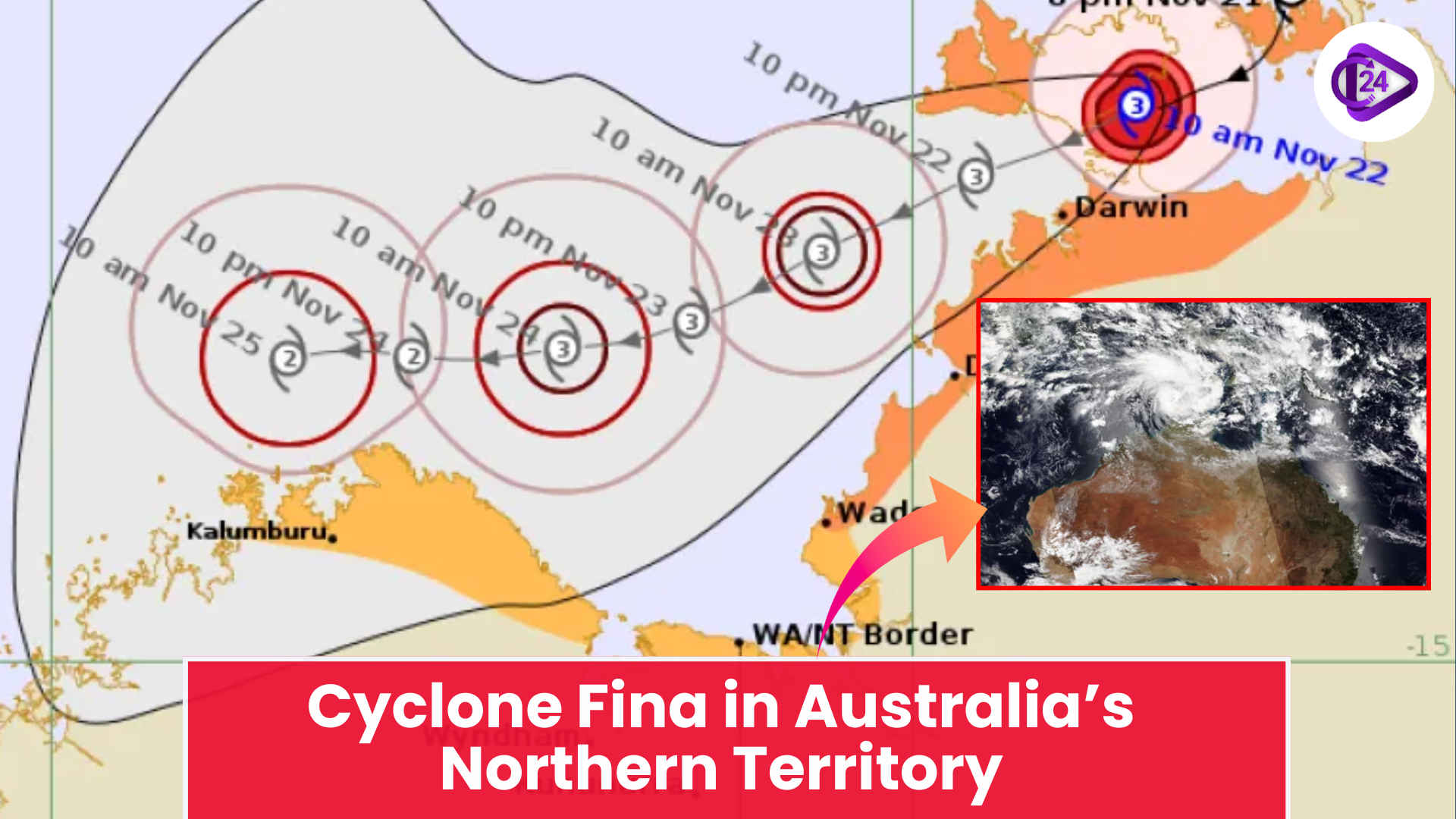 Cyclone Fina Hits Northern Australia With Destructive Force
Cyclone Fina Hits Northern Australia With Destructive Force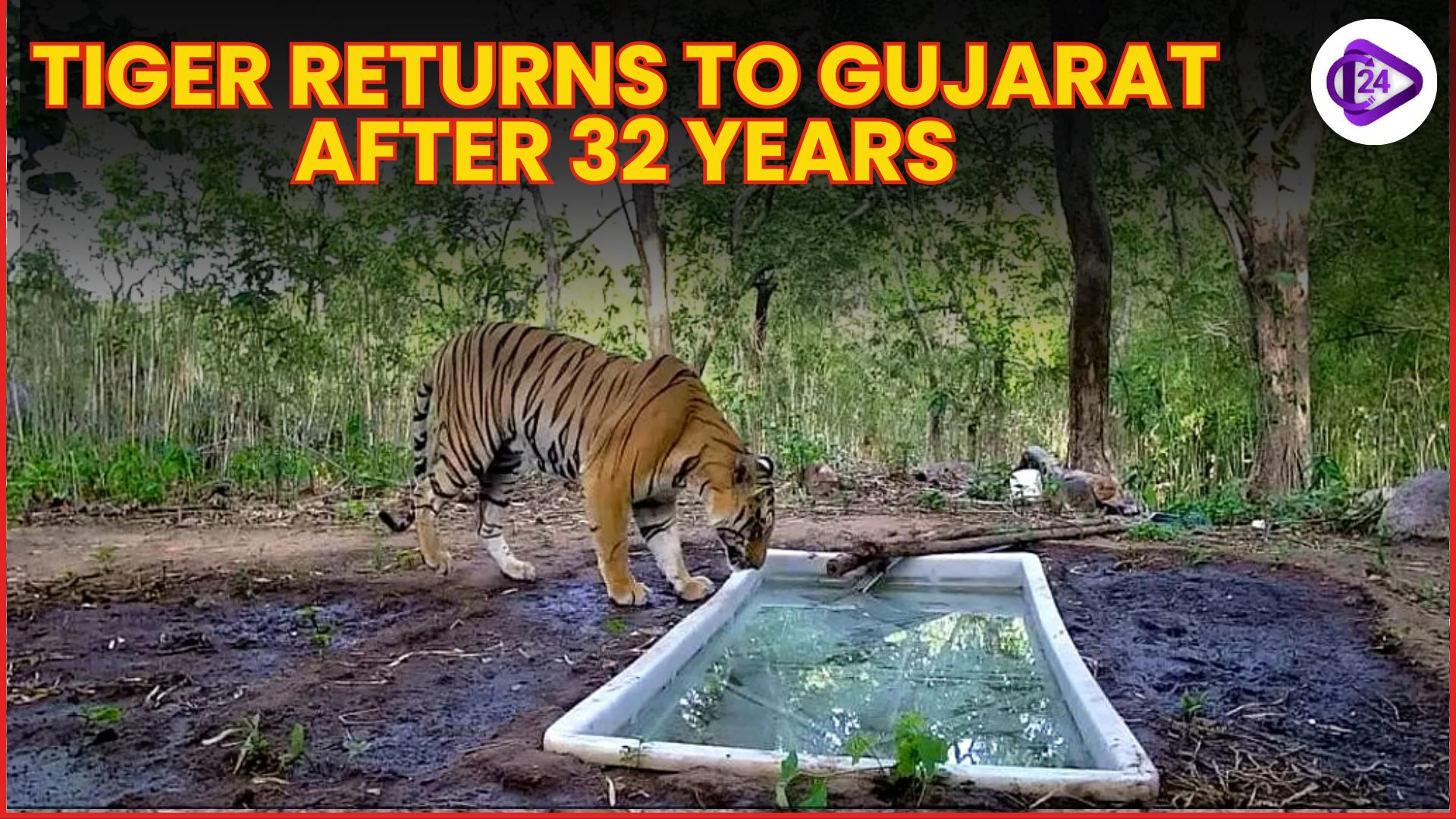 Tiger Returns to Gujarat After 32 Years | Historic Wildlife Comeback 2025
Tiger Returns to Gujarat After 32 Years | Historic Wildlife Comeback 2025 Namdapha Butterfly Festival Showcases the Wild Heart of Arunachal Pradesh
Namdapha Butterfly Festival Showcases the Wild Heart of Arunachal Pradesh Gogabeel Lake Achieves Ramsar Status for Biodiversity and Conservation
Gogabeel Lake Achieves Ramsar Status for Biodiversity and Conservation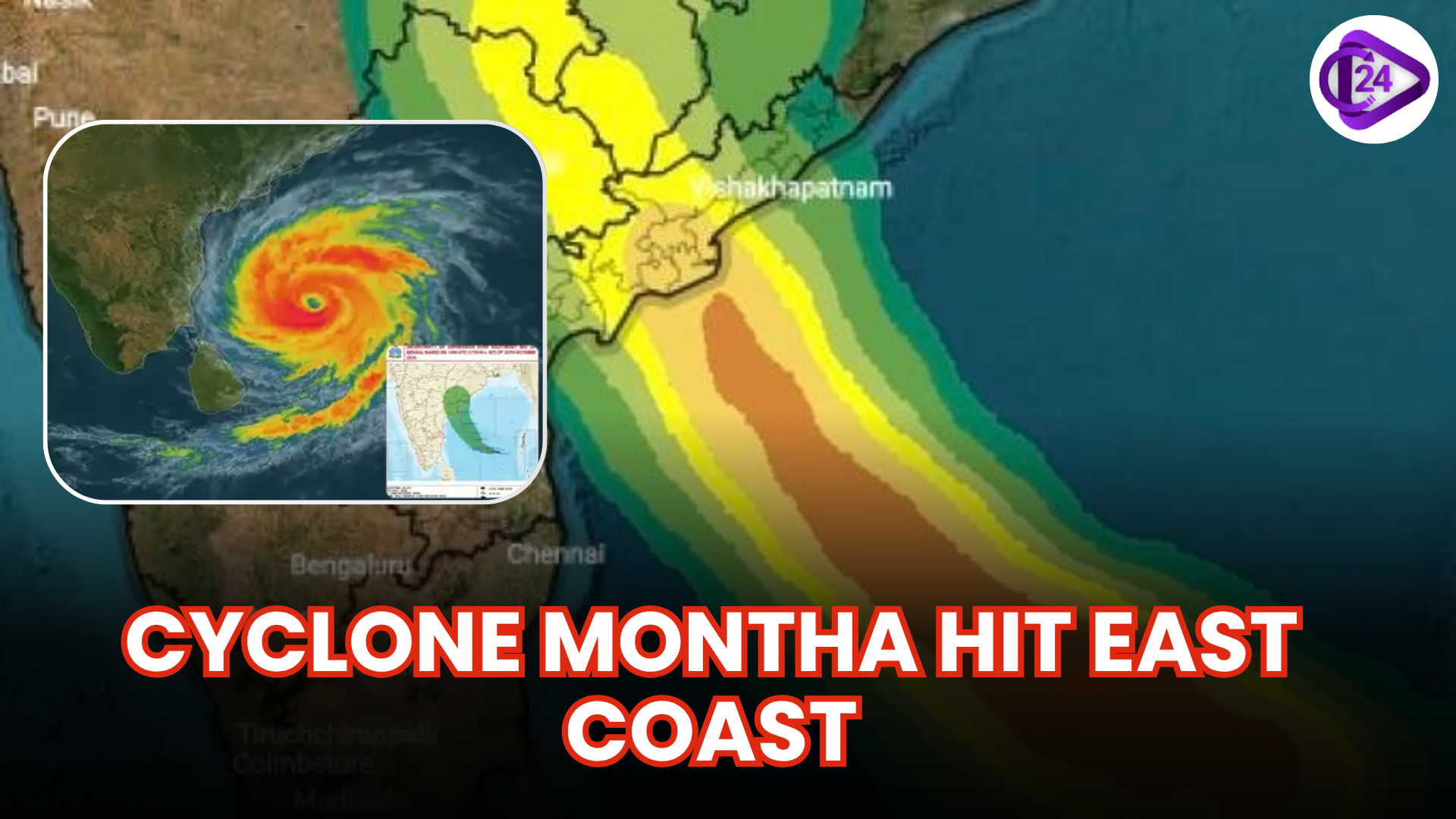 Cyclone Montha Makes Landfall Near Kakinada, Bringing Destruction to Andhra and Odisha
Cyclone Montha Makes Landfall Near Kakinada, Bringing Destruction to Andhra and Odisha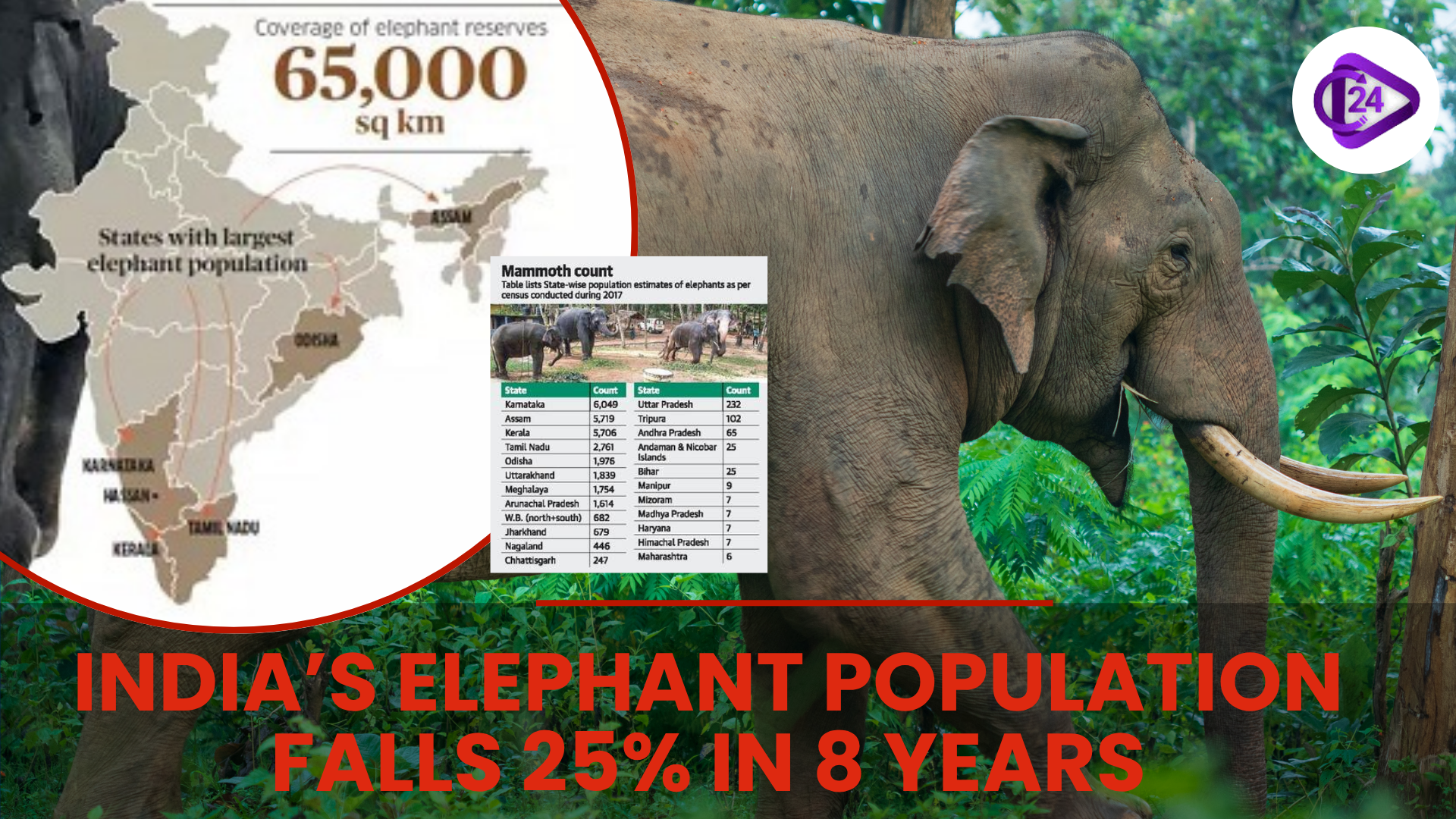 India Conducts First-Ever DNA-Based Elephant Census, Reveals Population Decline by 25%
India Conducts First-Ever DNA-Based Elephant Census, Reveals Population Decline by 25%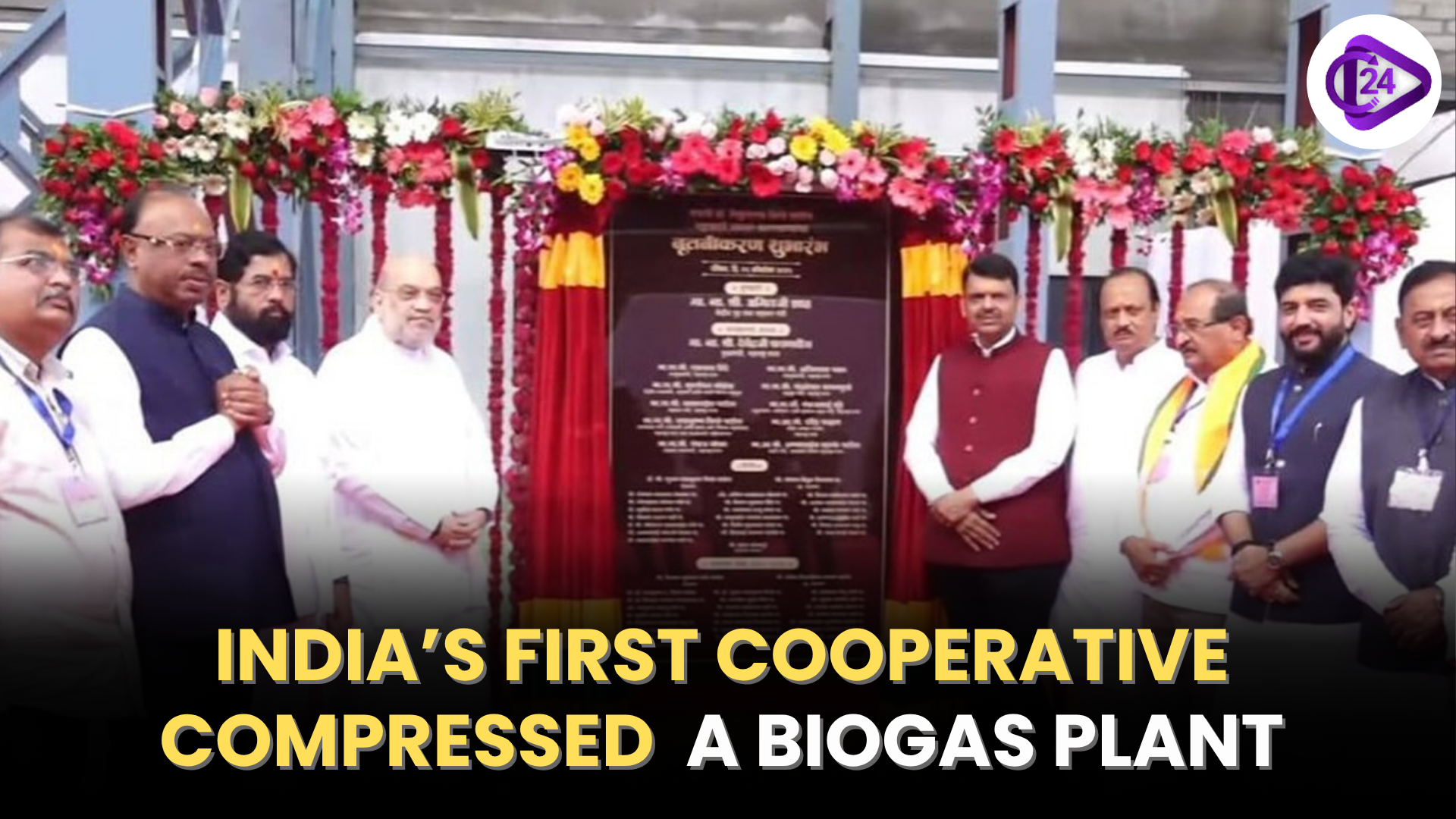 Maharashtra Gets India’s First Cooperative CBG Plant | 12 Tonnes Biogas Daily Production
Maharashtra Gets India’s First Cooperative CBG Plant | 12 Tonnes Biogas Daily Production






